The historical achievements of 2023 create a solid foundation for the Ministry of Transport to continue connecting the expressway strip in 2024.
Add at least 130 km of highway
In 2024, the transport sector is expected to be allocated the largest amount of capital, more than VND 57,735 billion (equivalent to USD 2.5 billion), accounting for more than 92.5% of the total capital allocated for the 2021 - 2025 period, which is more than VND 63,700 billion (equivalent to USD 2.7 billion).
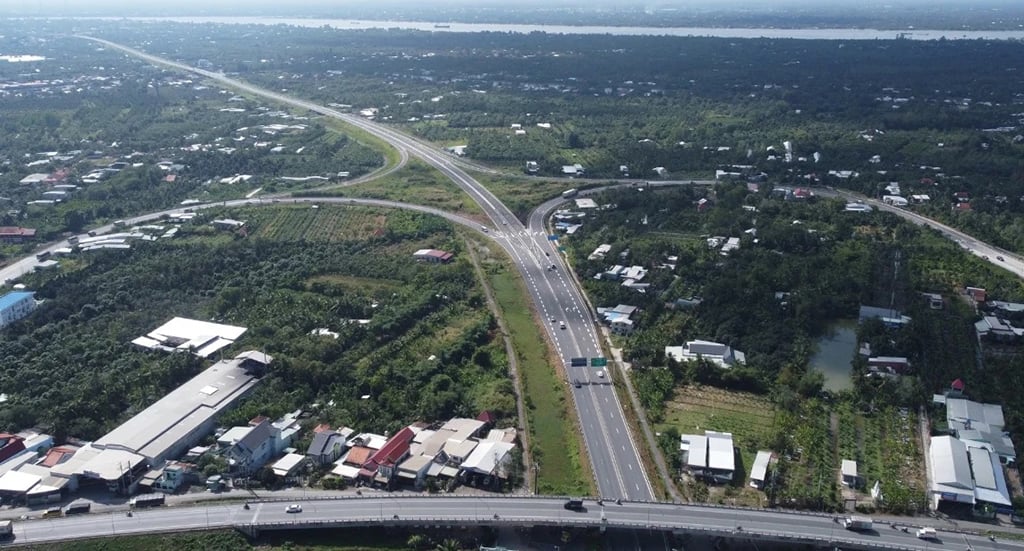
My Thuan - Can Tho Expressway just inaugurated
Therefore, from the beginning of the year, the Ministry of Transport has been racing to speed up the disbursement progress. The key tasks are to complete the 2 expressway projects Dien Chau - Bai Vot, Cam Lam - Vinh Hao with a length of 128 km; start construction of 14 expressway projects including 3 expressway projects managed by the Ministry of Transport: Dau Giay - Tan Phu, Cho Moi - Bac Kan, Lo Te - Rach Soi expressways and 11 expressway routes managed by localities are completing procedures.
The two expressways Dien Chau, Bai Vot and Cam Lam - Vinh Hao are the last two sections of the North - South expressway project in the eastern part of the period 2017 - 2020. After opening these two routes this year, the Ministry of Transport will basically complete 12 component projects of the North - South expressway in the period 2021 - 2025 and some other sections to open the entire expressway from Lang Son to Ca Mau in 2025.
Continue to extend the highway in 2024
With that meaning, Minister of Transport Nguyen Van Thang recently and his delegation directly inspected the construction progress of the Dien Chau - Bai Vot project connecting Nghe An and Ha Tinh. At this time, contractors mobilized 101/103 construction sites with nearly 2,000 engineers, workers, hundreds of machines and equipment to work simultaneously. As of January 21, the output was 5,897 billion VND, reaching 68.6% of the contract value. Despite great efforts, for many reasons, the progress of some items that are the project's critical path (weak soil treatment, Than Vu tunnel and many bridges and intersections) has not been as expected. Up to now, the project is still 1.7% behind schedule.
The Minister of Transport has requested the investor to direct contractors and supervision consultants to focus maximum human resources and construction machinery in "3 shifts, 4 shifts", taking advantage of every day and every hour to speed up progress, even needing to work through the Lunar New Year to ensure progress and inaugurate the project in May. When put into use, the project will shorten the travel time from Hanoi to Bai Vot (Ha Tinh) to only 4 hours, instead of 7 hours as at present.
Meanwhile, the Cam Lam - Vinh Hao route is also rushing to complete the final items to basically complete the road and bridge items to put the project into use before March 30. This 78.5 km long route will connect with the Nha Trang - Cam Lam expressway in the north and the Phan Thiet - Vinh Hao expressway in the south, helping vehicles traveling from Ho Chi Minh City to Khanh Hoa to run straight on the expressway in 4 - 5 hours, instead of 6 - 8 hours as before.

The highway is gradually connecting the North - South strip.
Will there be no more "defective" highways?
A series of expressways put into use in 2023 has brought a new look to Vietnam's transport infrastructure. However, many expressways do not yet ensure standard width and standard speed, with only 2 lanes, speed limit of 80 - 90 km/h; no emergency lanes, scarce rest stops... posing potential risks to traffic participants.
The representative of the Ministry of Transport admitted that in the past, due to limited resources while the demand for investment in highways was very large, the Ministry of Transport had to implement a solution to diversify investment to both comply with the planning and design standards of highways, and solve the transportation needs in the immediate period, meeting the socio-economic development needs of localities.
However, the investment phase with a cross-section width of 2 lanes, without a median strip, poses a potential risk of traffic safety. A 4-lane road with a discontinuous emergency stop strip also poses a risk of traffic congestion in the event of an incident if not handled promptly; the operating speed during the phase is still limited. The above shortcomings have been recognized, reviewed and solutions developed by the Ministry of Transport to promptly invest in expanding and completing the expressways currently in operation according to the phased scale.
Currently, the Draft Highway Design Standards are being publicly consulted by the Ministry of Transport, and are being prepared for issuance in the first quarter. Accordingly, the road surface (vehicle traffic) in each direction on a completed highway is regulated to have at least 2 lanes/direction and must ensure sufficient traffic capacity for traffic volume. Regarding design speed, the Ministry of Transport plans to divide highways into the following levels: level 80 has a design speed of 80 km/h; level 100 has a design speed of 100 km/h; level 120 has a design speed of 120 km/h; special design level, design speed over 120 km/h, is researched and designed separately. The minimum design level (level 80) should only be applied to areas with difficult terrain (such as mountainous areas, high hills) or in cases of investment divergence...
In parallel, the Ministry of Transport will speed up the completion of investment procedures to expand some routes from 2 lanes to 4 lanes and from 4 lanes to 6 lanes. Currently, the country has 5 2-lane expressways with a length of 371 km, including: Cam Lo - La Son, La Son - Hoa Lien, Yen Bai - Lao Cai, Hoa Lac - Hoa Binh, Thai Nguyen - Cho Moi. Along with that, review, make a list, arrange investment priorities to propose and report to competent authorities for permission to expand the remaining routes when resources are sufficient. For new investment projects, priority is given to investment on a scale of 4 complete expressways. In case of investment phases, it is necessary to carefully study and compare investment options, combine reasonable traffic organization options to ensure convenience, safety, and increase speed during operation and exploitation.
For works serving exploitation such as rest stops, gas stations... The Ministry of Transport has developed and issued a Circular guiding the selection of investors for rest stops; at the same time, it has approved the rest stop network on the North-South expressway in the east with a total of about 37 stations/2,063 km of the entire route.
"Currently, the units have organized bidding and open bidding on the National Bidding Network. After closing the documents, the units will organize bidding evaluation, announce the winning investor, and then implement. It is expected that in the second quarter, the projects will be able to start construction. For new projects that are being prepared for implementation, rest stops will be planned, built and operated in sync with the expressway project," informed a representative of the Ministry of Transport.
The Ministry of Transport has just issued a directive on accelerating the disbursement of public investment capital in 2024.
Accordingly, Minister of Transport Nguyen Van Thang requested investors and assigned project management boards to urgently deploy the allocation of expenditure estimates according to the assigned plan for projects in accordance with the required schedule; accelerate the completion of payment procedures with the State Treasury when the volume is accepted; promptly record revenue and expenditure of official development assistance (ODA) loans and preferential loans implemented with the State Treasury. At the same time, strictly handle officers, departments and offices that do not comply with the disbursement process, causing difficulties for units when carrying out payment procedures.
Units are assigned to make detailed disbursement plans for each month and quarter, determine the disbursement "critical path" for each project, and report to the ministry (through the Department of Planning and Investment) in January as a basis for management and evaluation of the unit's plan implementation results.
Source link


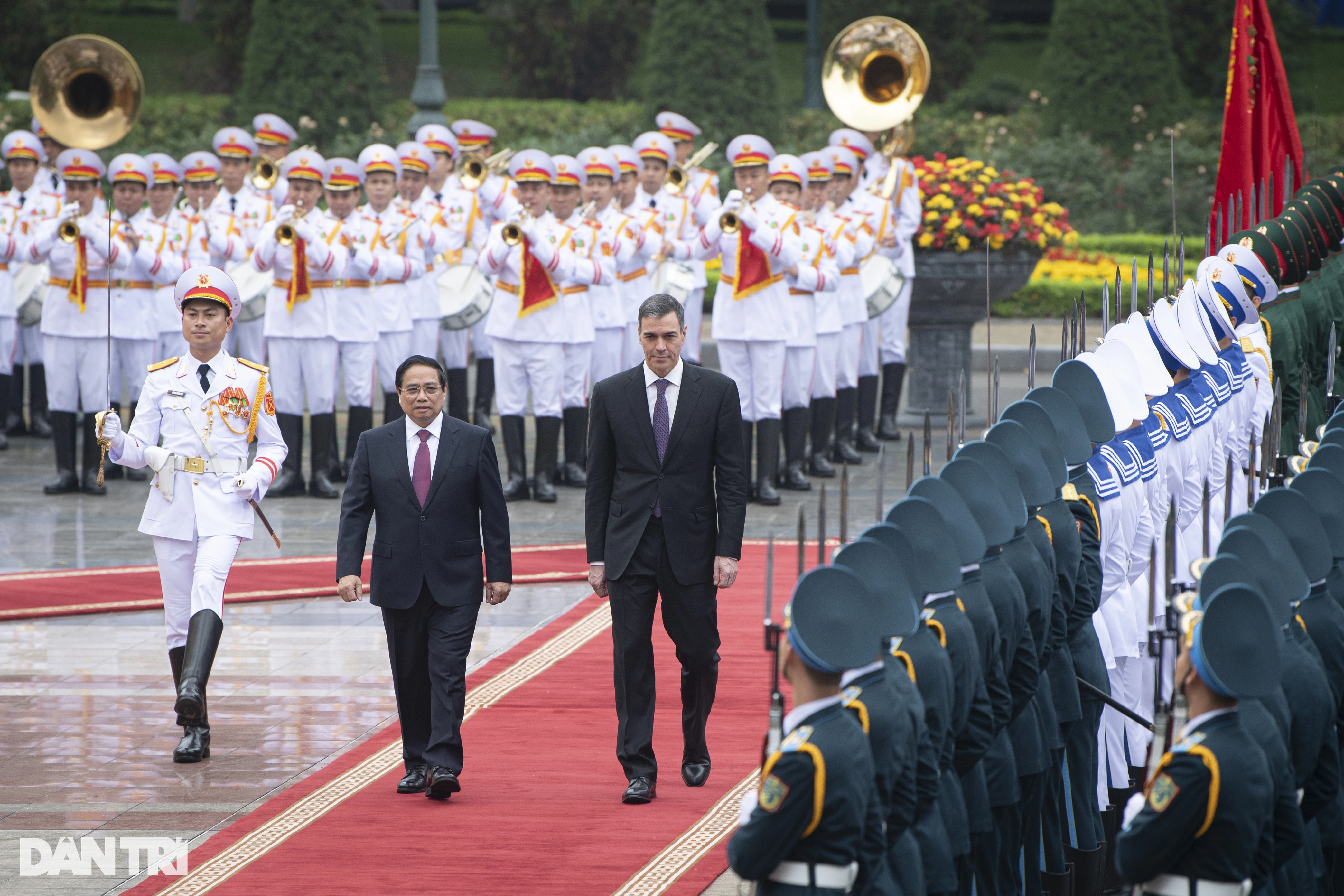









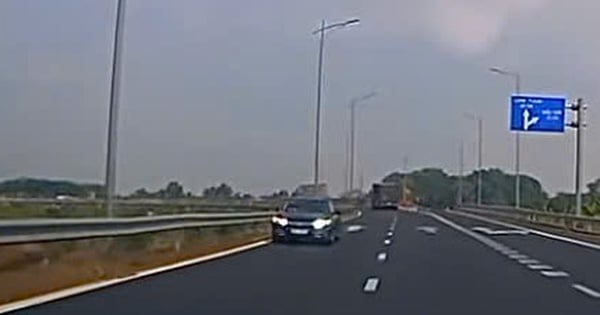

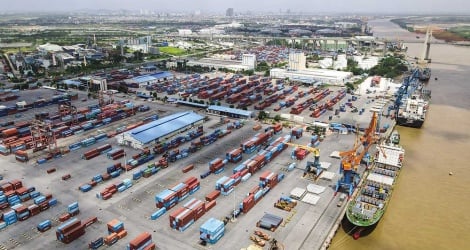

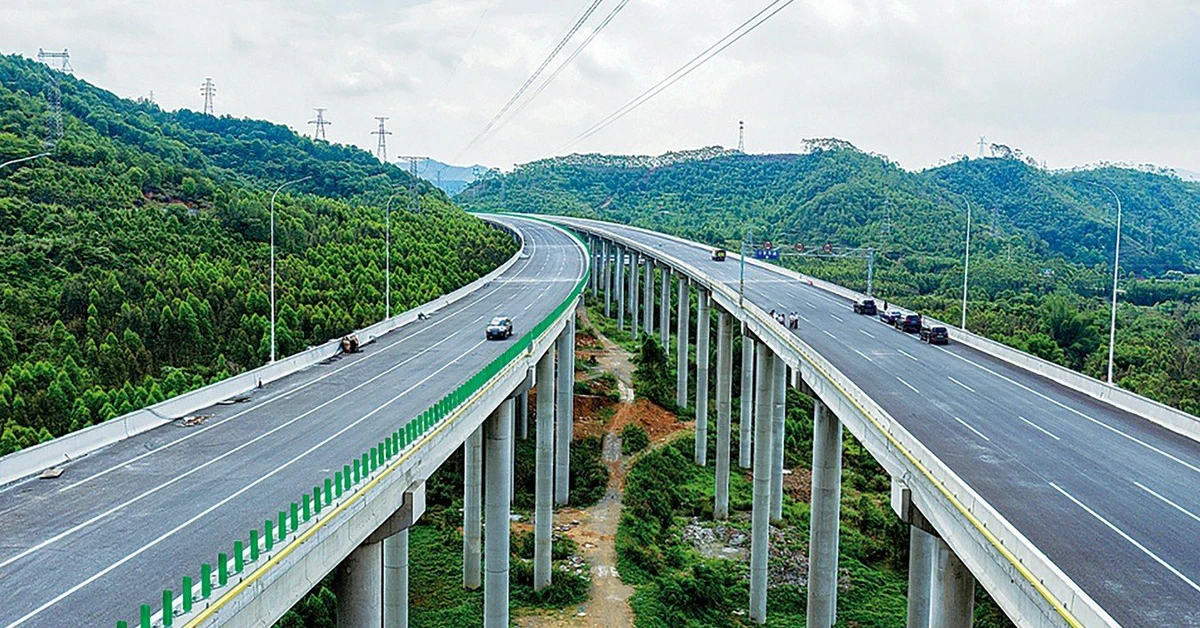

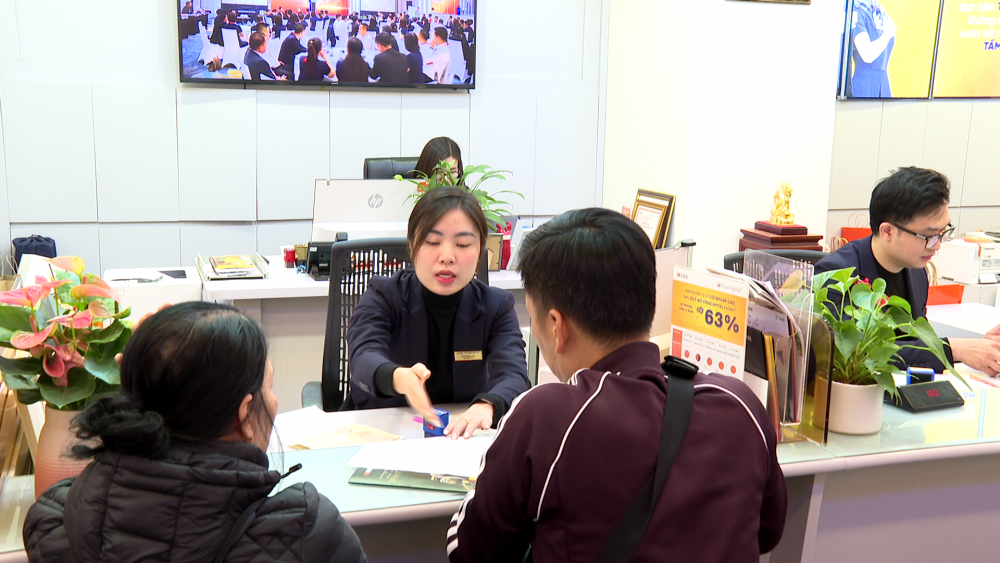


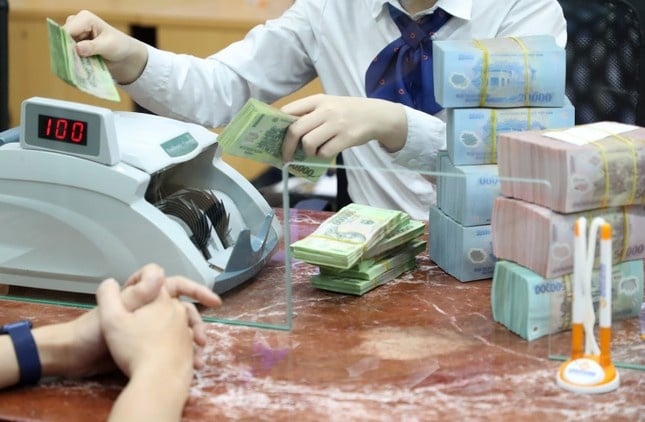
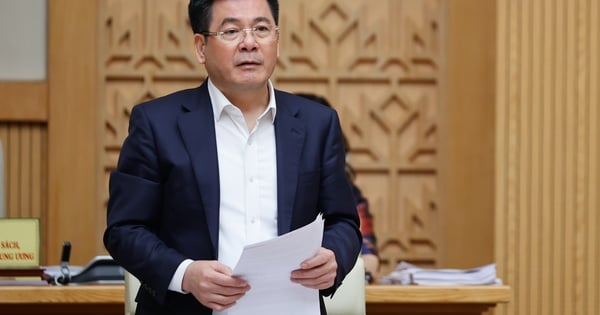
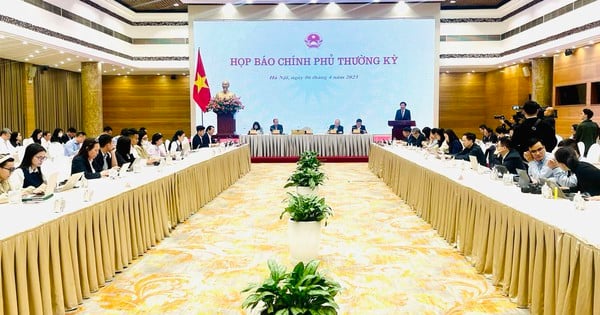



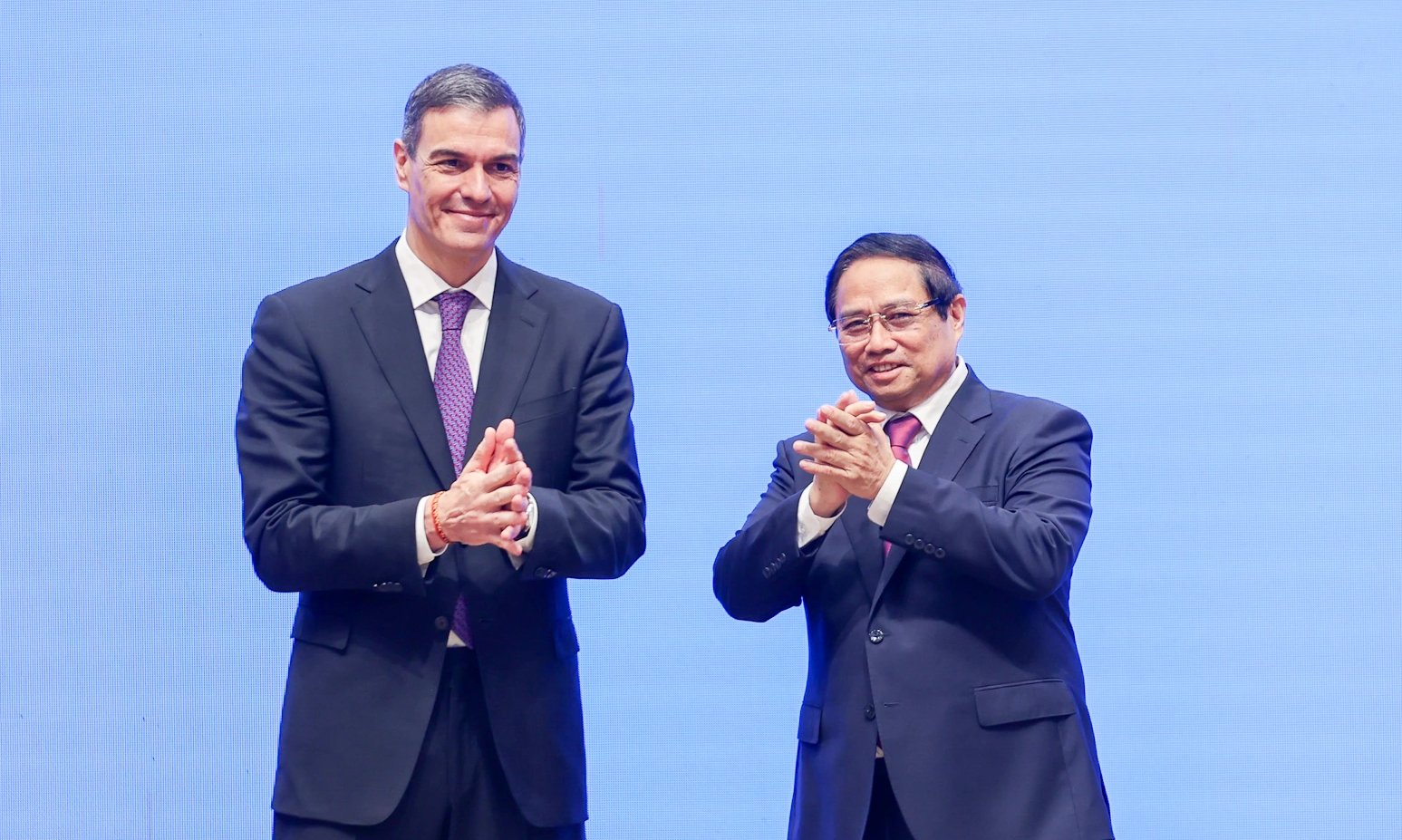
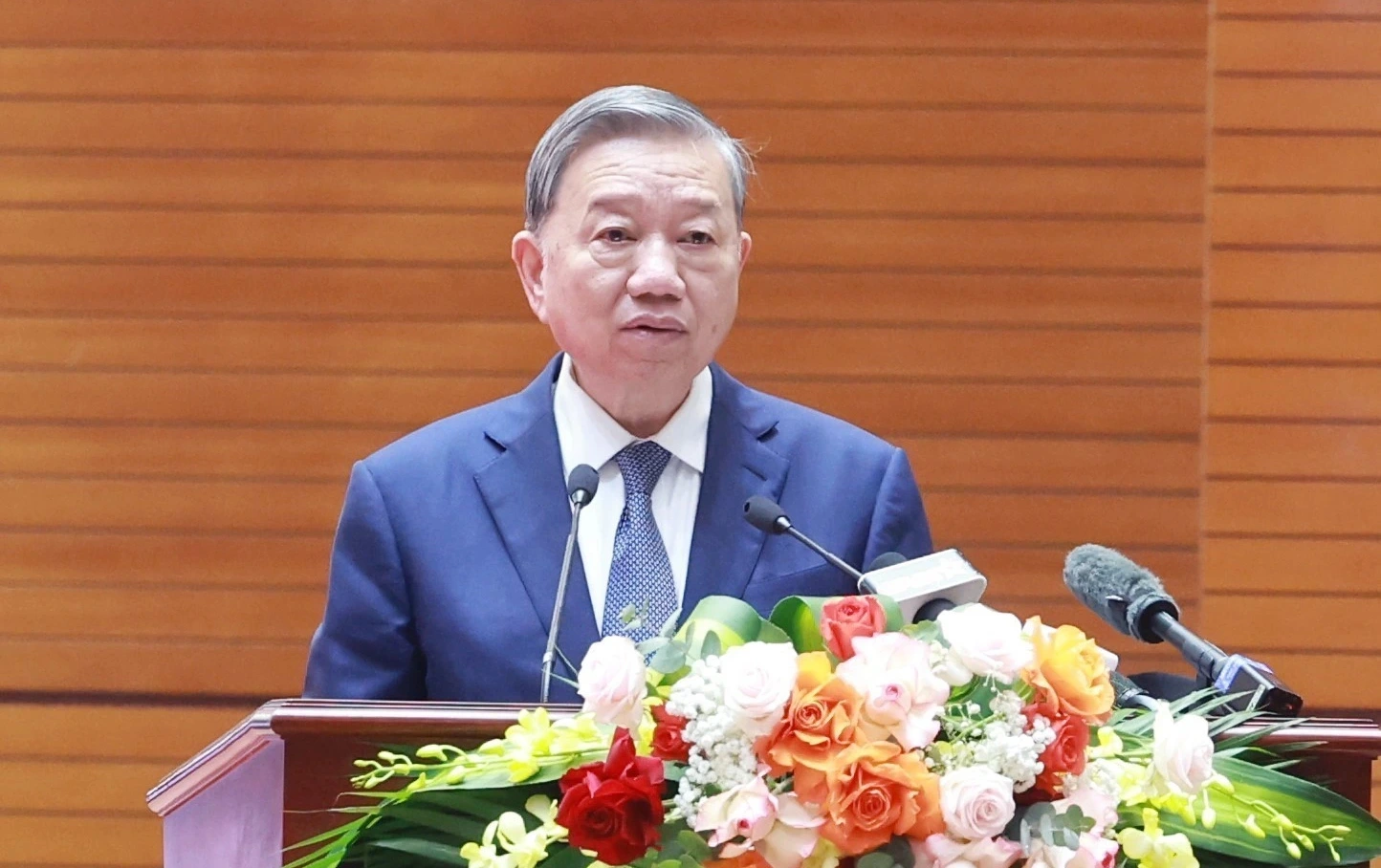


![[Photo] Visiting Cu Chi Tunnels - a heroic underground feat](https://vstatic.vietnam.vn/vietnam/resource/IMAGE/2025/4/8/06cb489403514b878768dd7262daba0b)
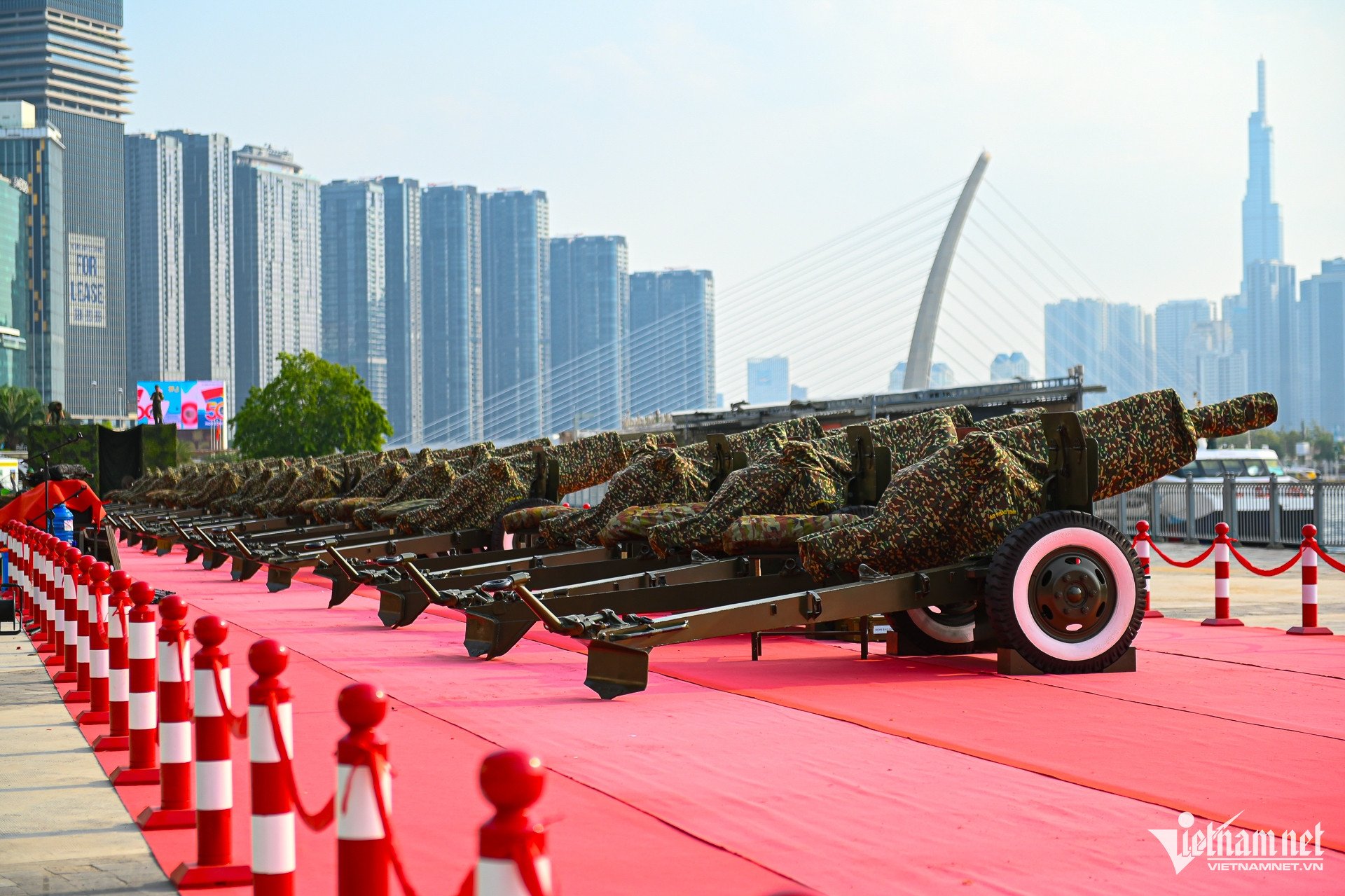
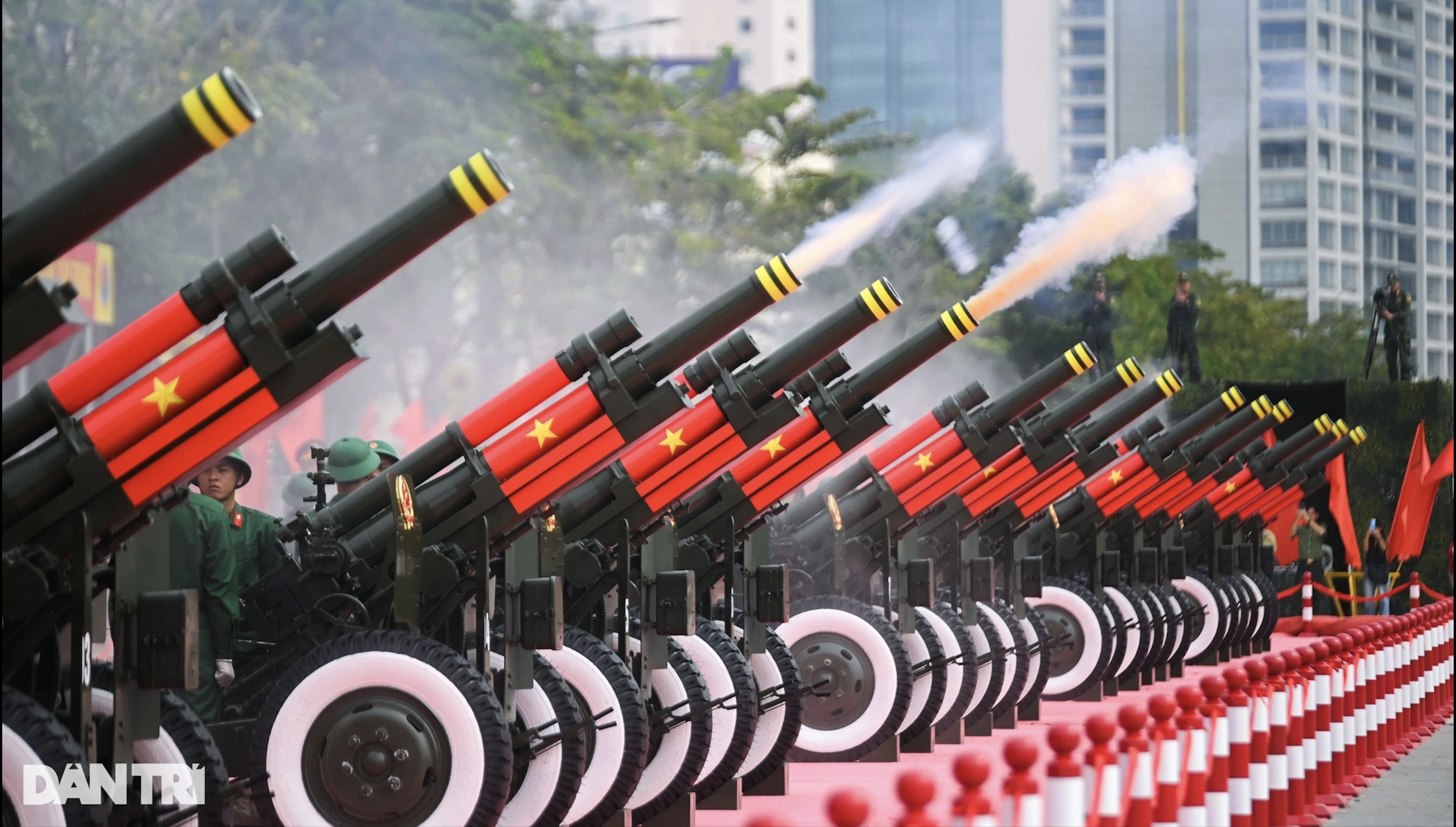





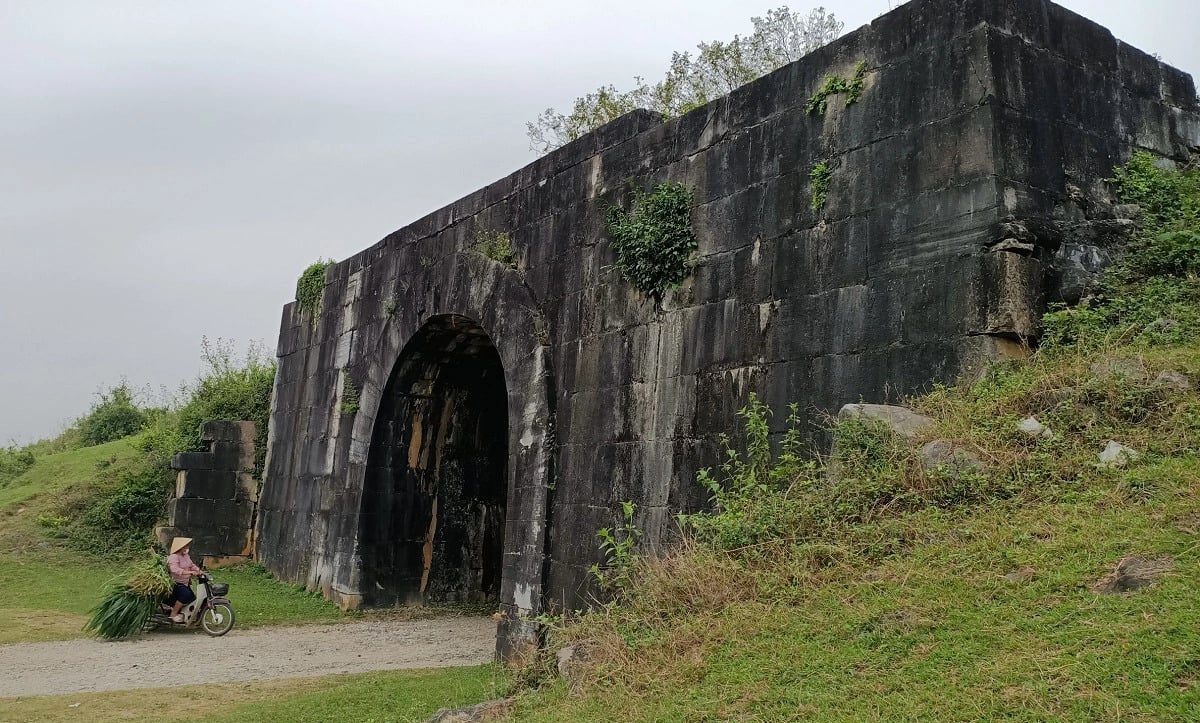

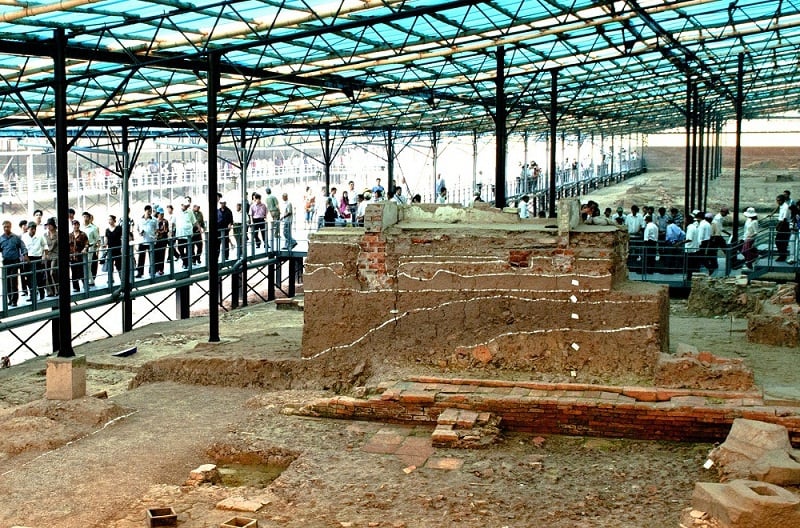

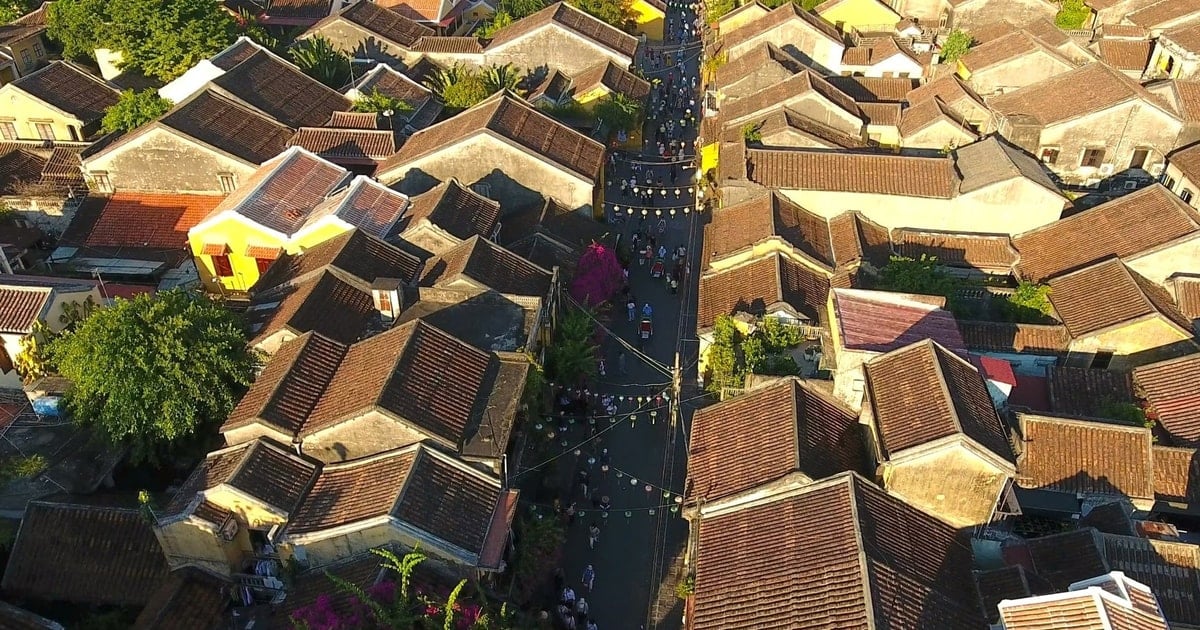


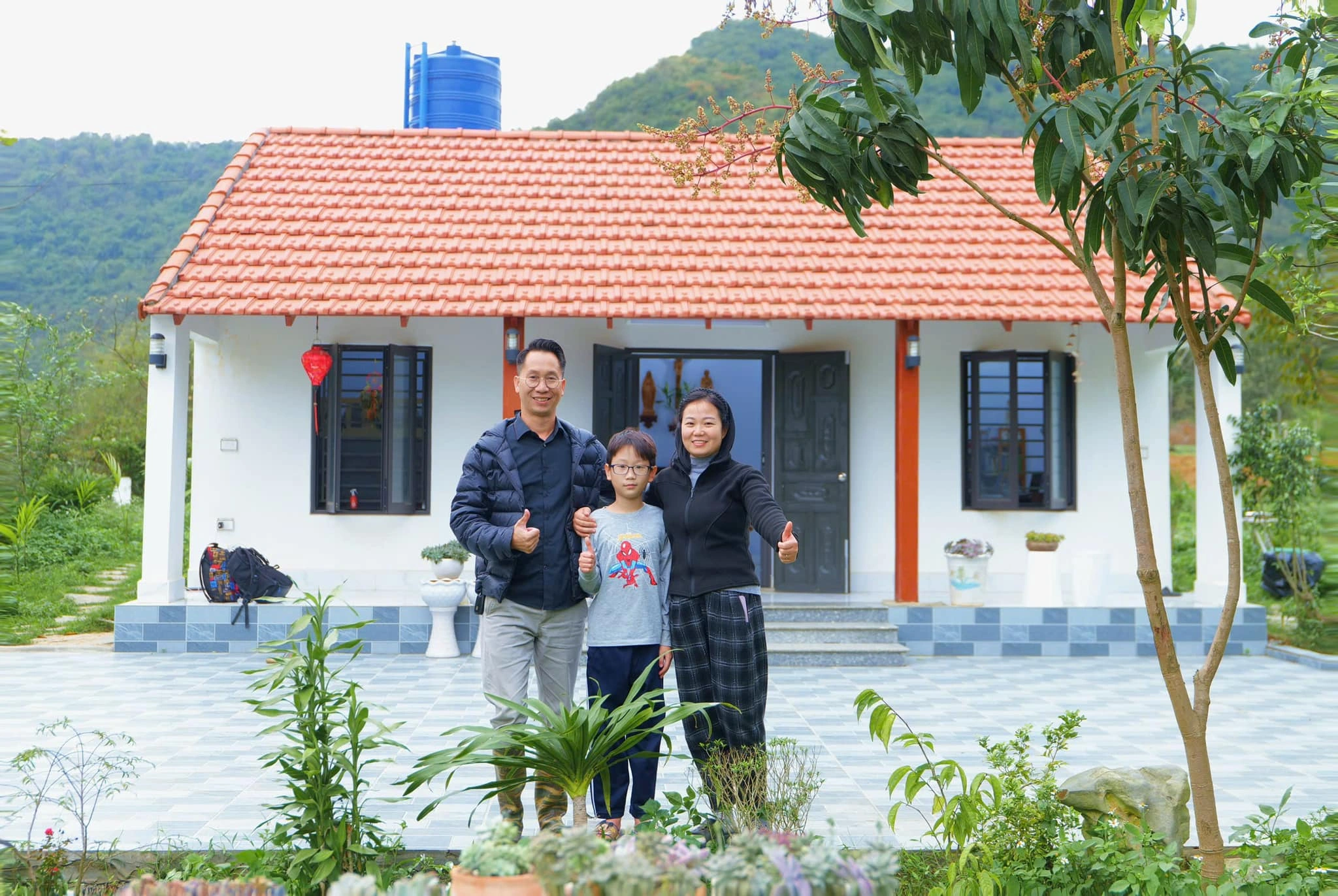

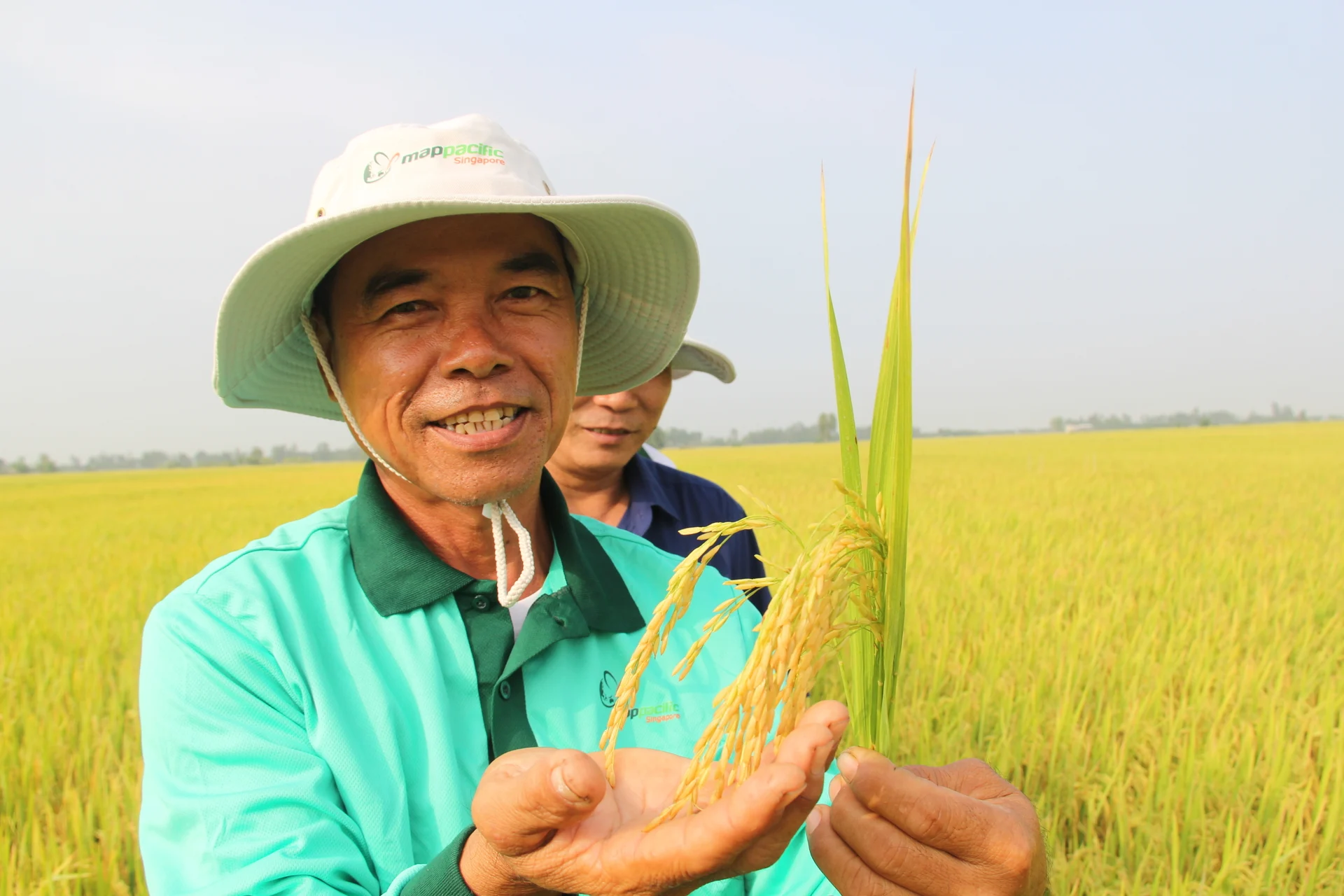




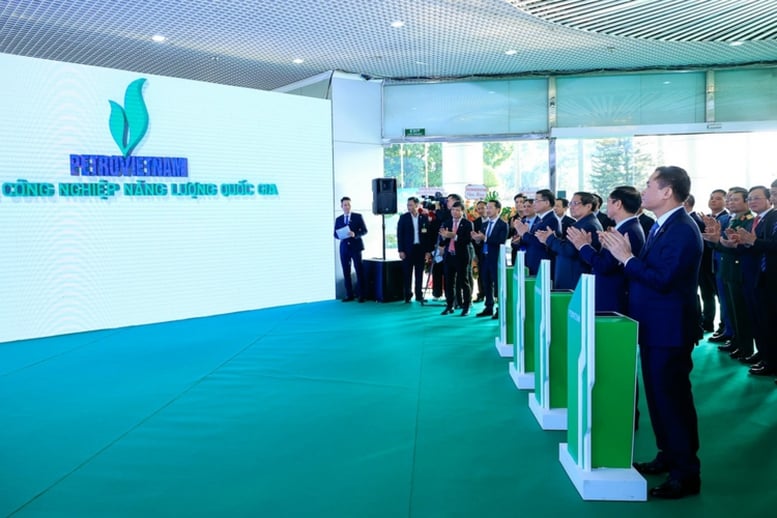

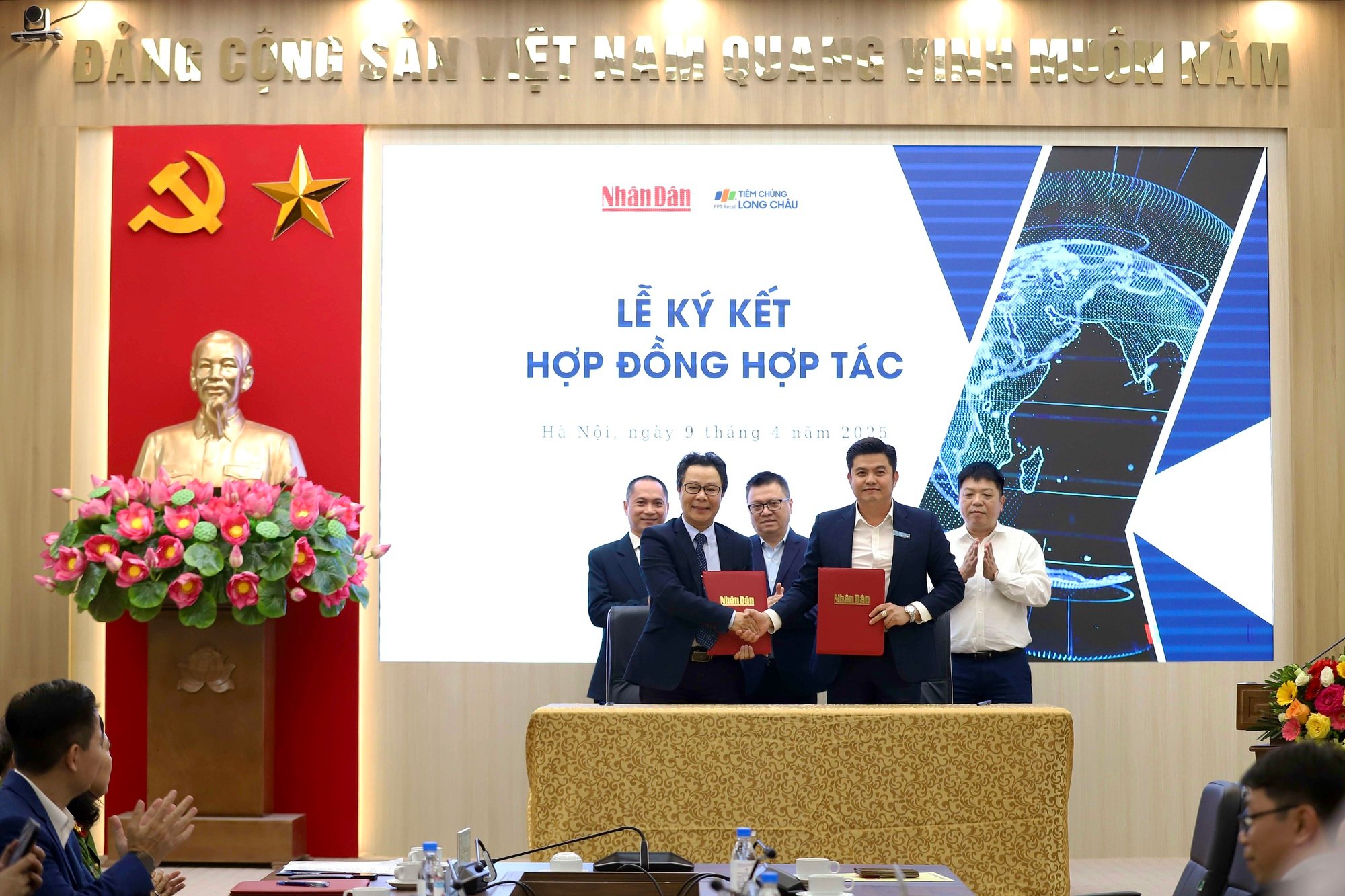
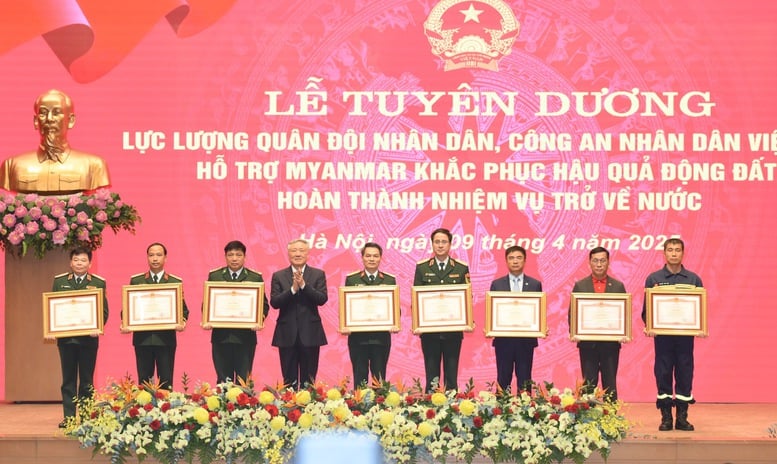

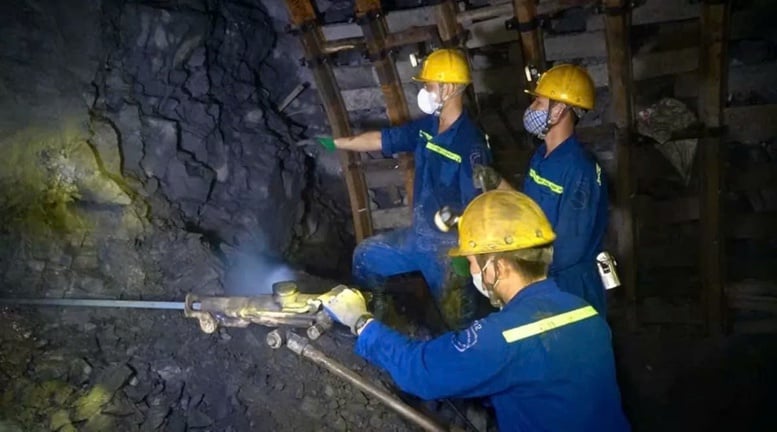




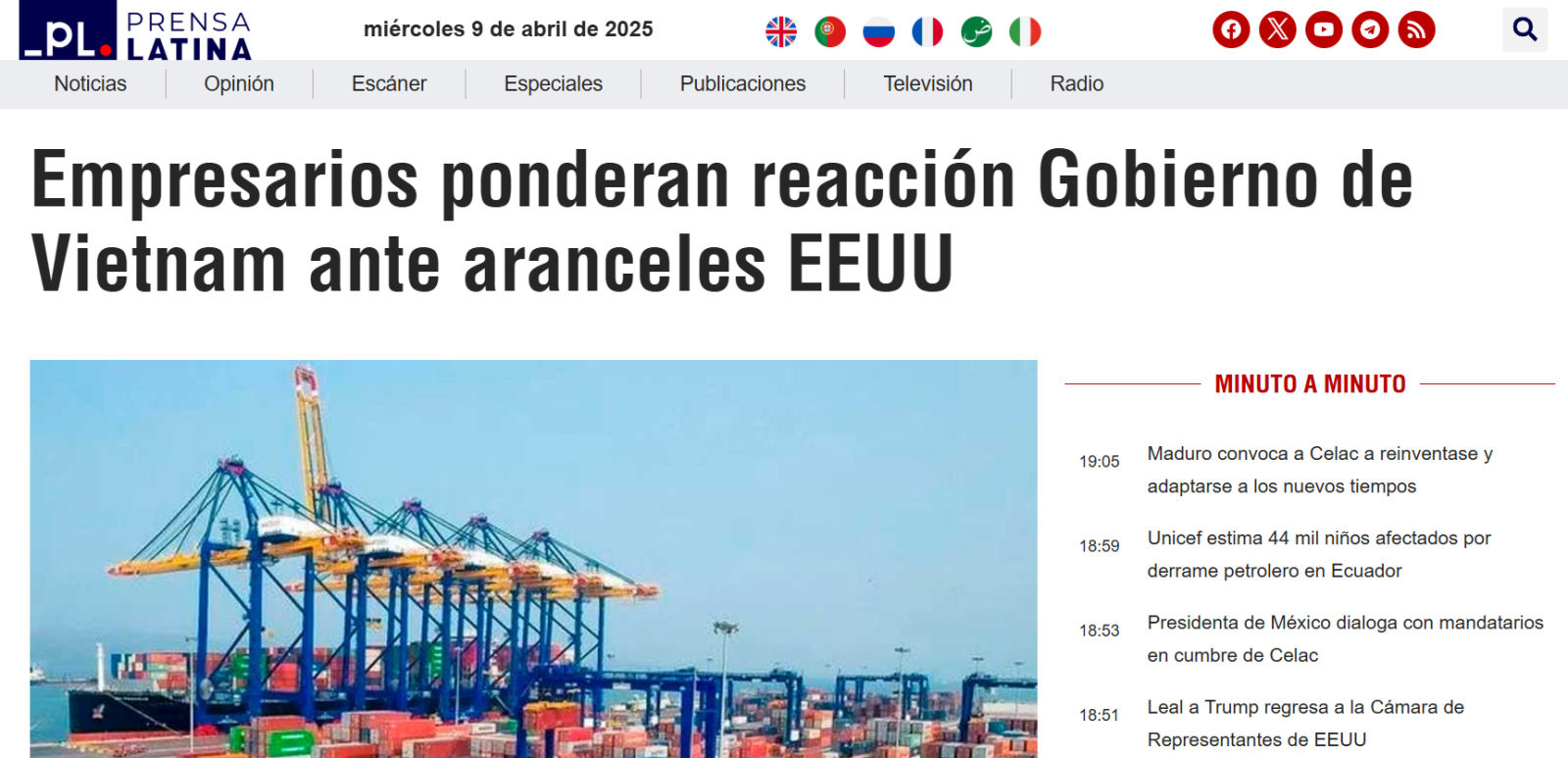



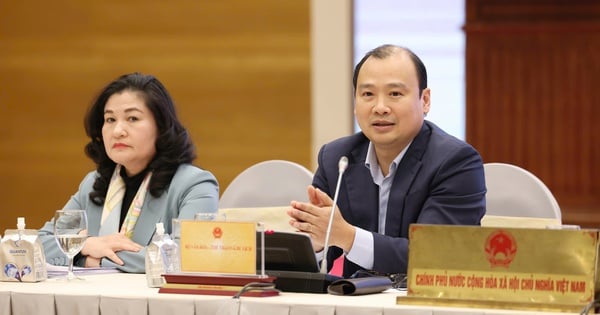





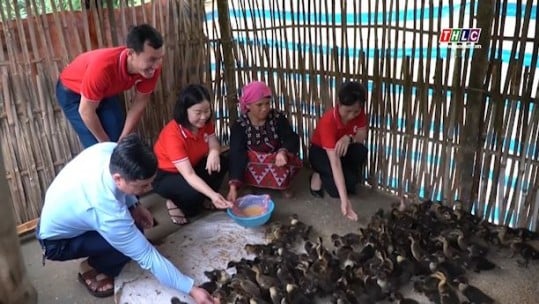
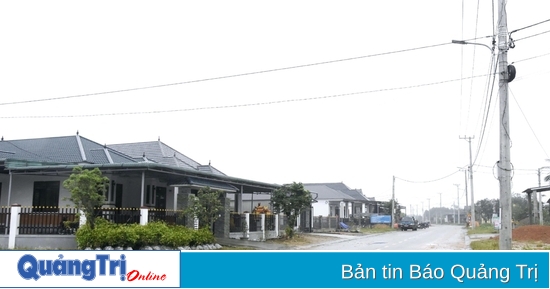
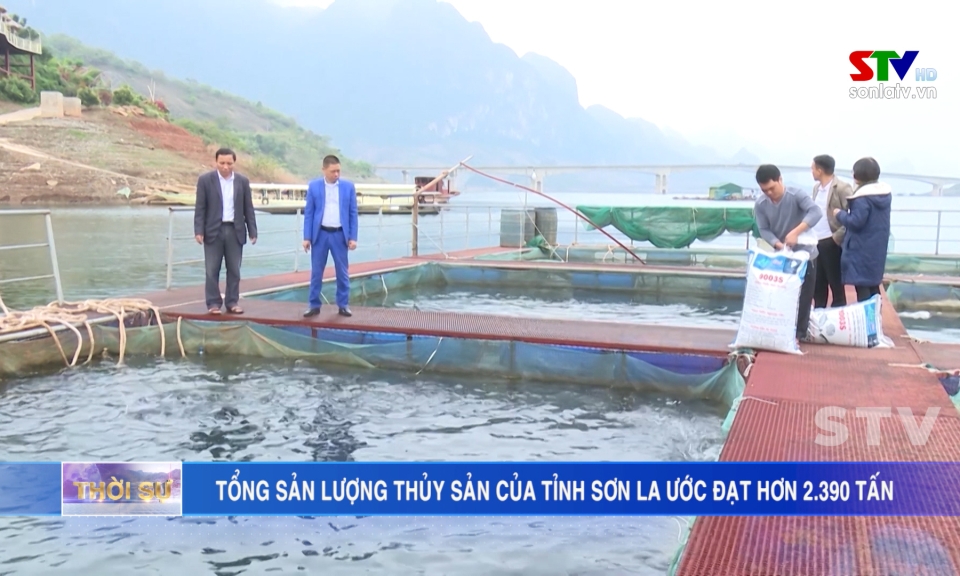
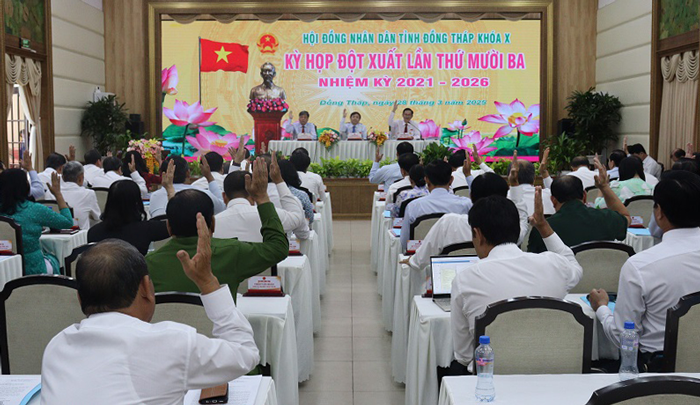

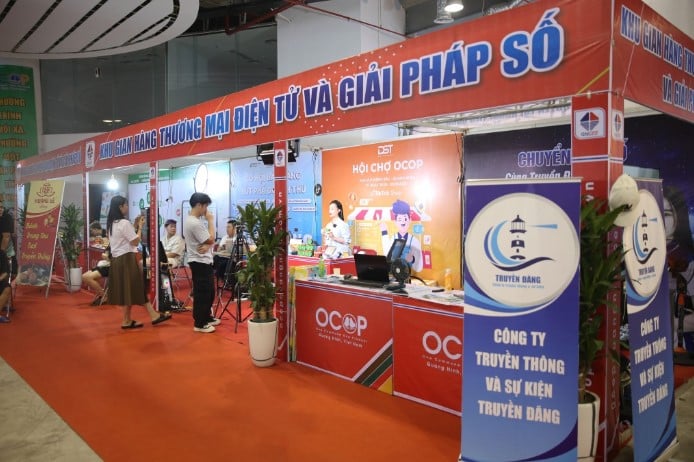



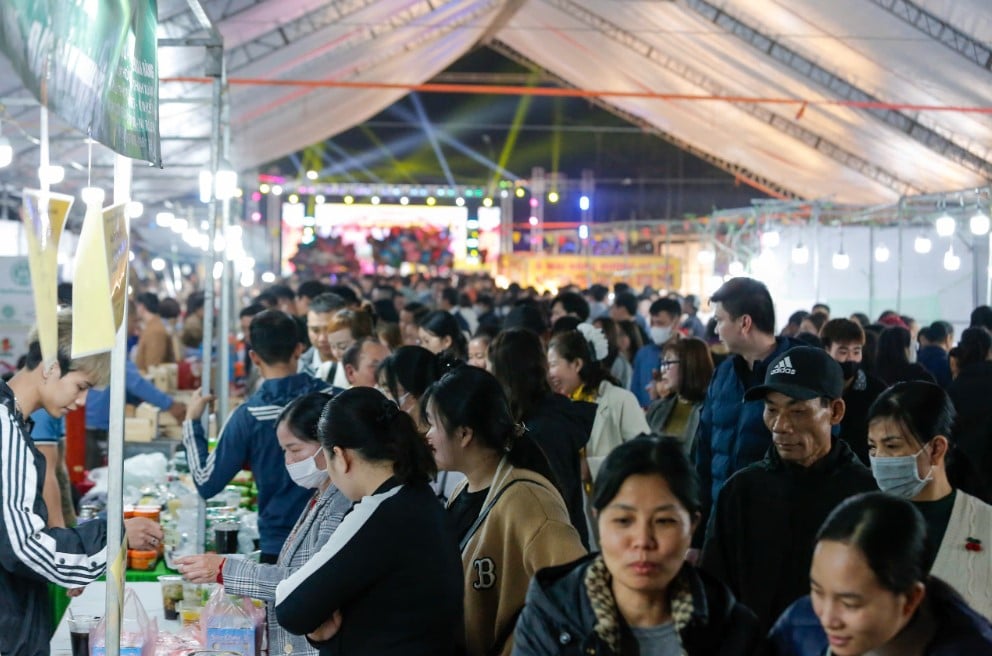


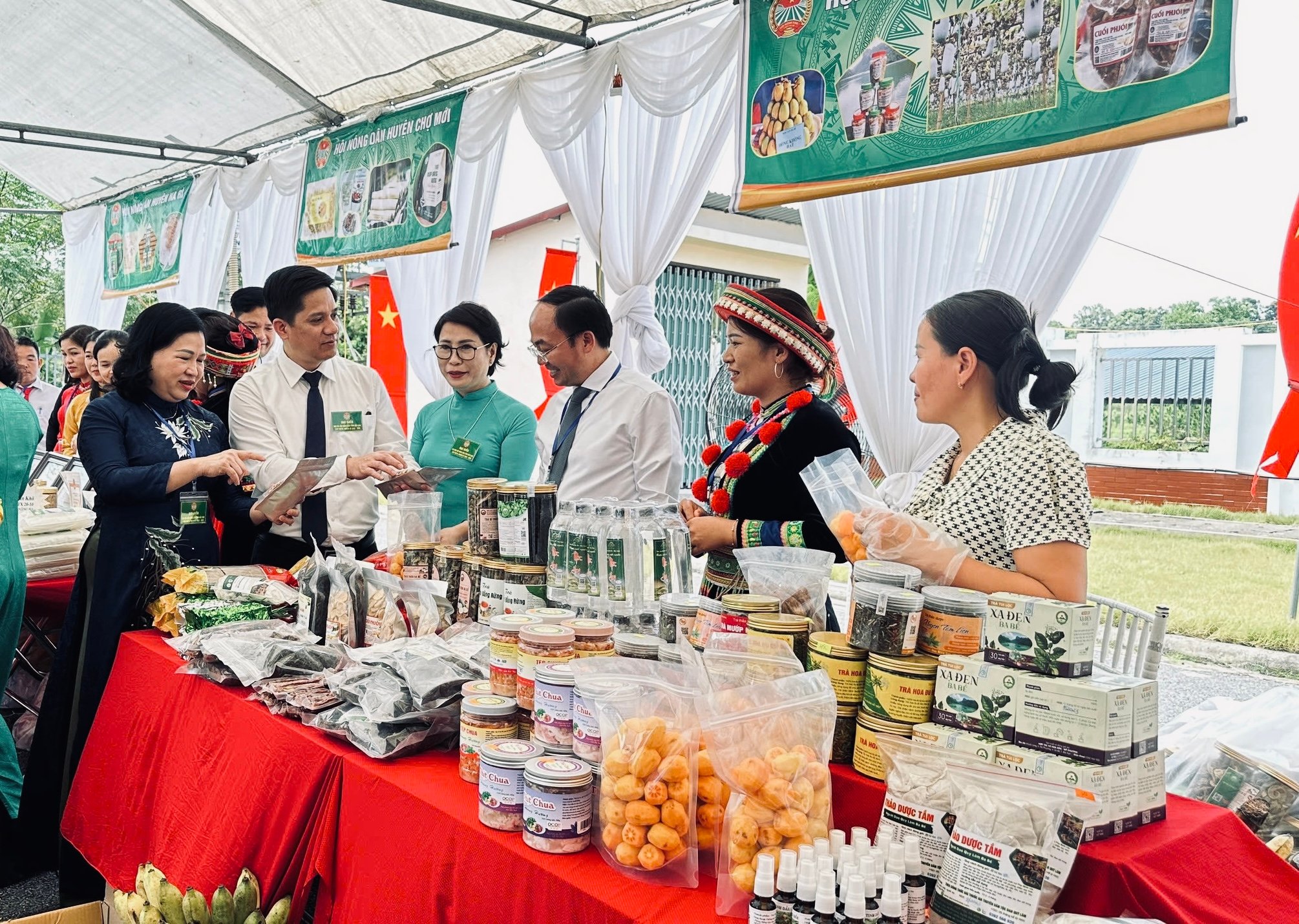
Comment (0)